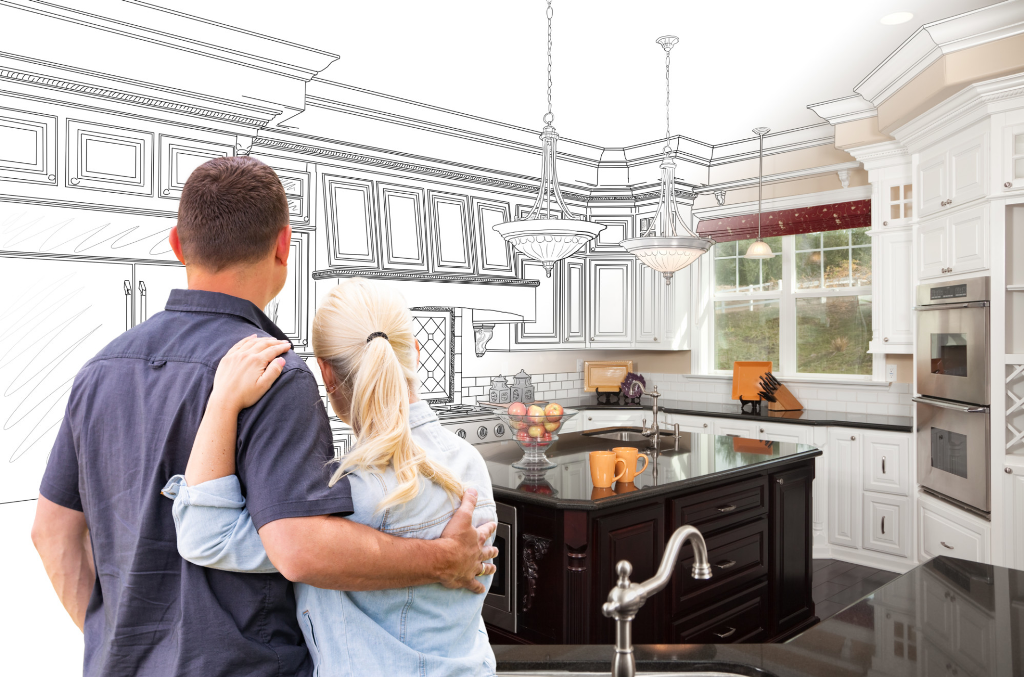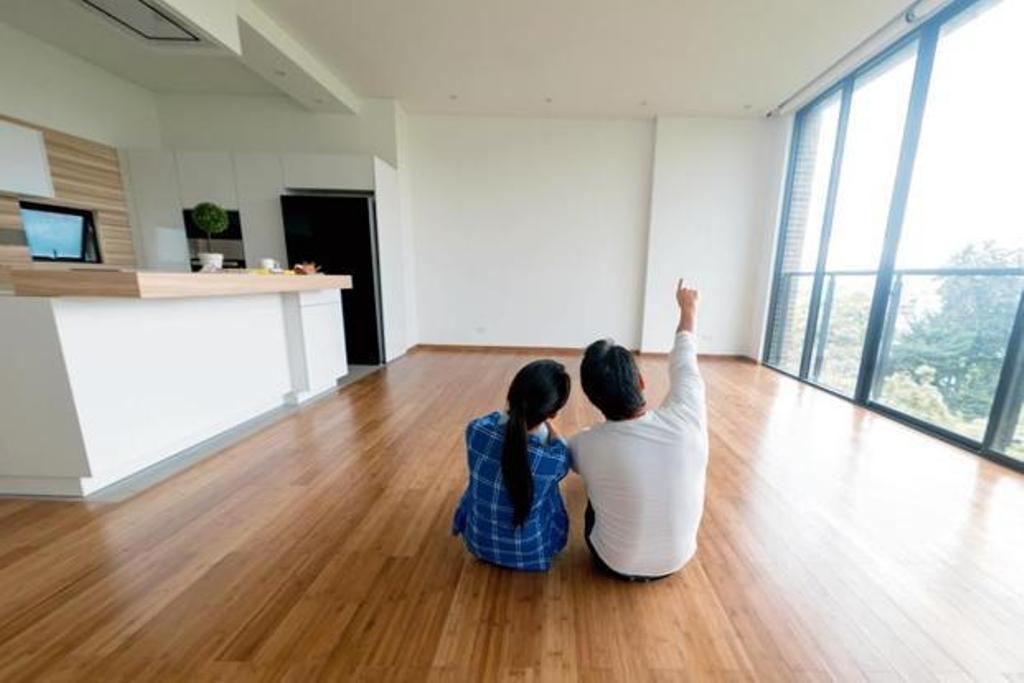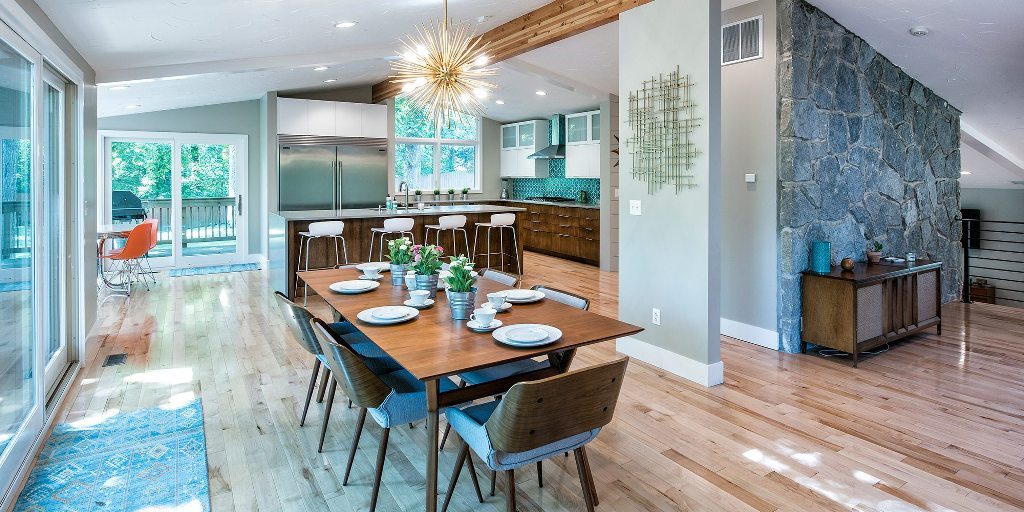Being a first-time homebuyer is quite an achievement. It’s your first home, after all.
Buying your first home evokes a special feeling, and you will want to have everything in place just the way you envisioned it. For example, the interior design must be perfect to make the home complete.
However, should you hire a professional interior designer or go the DIY (do-it-yourself) route to make your home cozy?
Working with a Professional Designer vs. Doing It Yourself

Hiring an interior designer to beautify your home is smart. However, you can still accomplish a lot by doing this on your own.
There are several factors that can influence your decision on hiring an interior designer. For example, if you don’t have much time on your hands and you want things done fast, it would be prudent to hire a professional design.
Interior designers can figure out what works best for your home, are resourceful, and can pull off your vision fast, accurately, and at an affordable cost.
You can also opt to design the home by yourself. However, this may make your project take longer. For example, you may have to research prices and alternatives materials all the time. However, if you are on a tight budget, going the DIY route would make sense.
Interior Design Tips for First-time Homebuyers

When it comes to interior design, most first-time homeowners get anxious and thrilled at the same time. Here are some tips that can help to make your interior design project a success:
1. Create a list and plan ahead
If you are going to do the interior design yourself, plan and come up with a budget. Figure out what essentials you need and what you can do without. Also, determine how much you are willing to spend and what you’ll do if you exceed your budget. Do you have a safety net in place?
It is easy to spend more than you accounted for an interior design project. Having everything on paper keeps you from falling into that precarious situation.
2. Figure out your style
Think of the things that make you feel at home, i.e., your interior design style or taste. Look at the empty space in your new home, close your eyes, and imagine what you’d like it to look like.
Do you want your home to feel contemporary but a traditional touch? Are you looking for an elegant or, perhaps, a rustic look? Answering these questions will help you to figure out the style you’d prefer.
3. Take your time
Unless you are working with an interior designer, don’t rush things. Take your time with every decision and test various designs that seem right. For instance, you don’t want to rush painting a wall only to realize it does not compliment the existing décor.
You also don’t have to complete everything before moving in. Many homeowners change their minds about interior design and rearrange things later on. Therefore, do not settle on final decisions overnight, just in case you need to make some changes.

4. Consider the lighting
Lighting is an important aspect of interior design. Different rooms demand different levels and types of lighting; some more and some less. For example, the kitchen definitely requires more light than the living room. For the kitchen, go for layered lighting. However, layered lighting is not just about the amount of light; the location, ambiance, and color are important.
You may also want to consider natural lighting, where possible, to supplement the light in the house.
5. Work on your bathroom
The bathroom is just as important as other rooms. Therefore, include it in your interior design project. Do a shambolic job on your bathroom, and it will feel like a jail cell—somewhere you only go when you have no choice. Alternatively, you can design the bathroom to be a sanctuary where you can relax and rejuvenate your mind after a long stressful day.
Incorporate colors that suit your personality in the bathroom. Also, bring the outside back in with things like seashells and flower jars.
6. Mix things up
If your budget allows you to get complete furniture sets, go ahead. If you have a tight budget, you can still furnish and decorate your house by being a bit creative. Gather pieces here and there in used furniture shops, antique shops, and even charity stores. Look at it as a treasure hunt, a race to complete a puzzle. You’ll be surprised how fun the exercises can be and how well your home will be transformed.
Any first-time homebuyer who did their own interior designing will tell you that he or she was nervous about the whole project but pulled it off anyway. Following the tips above will make your DIY interior design project more likely to be successful.






